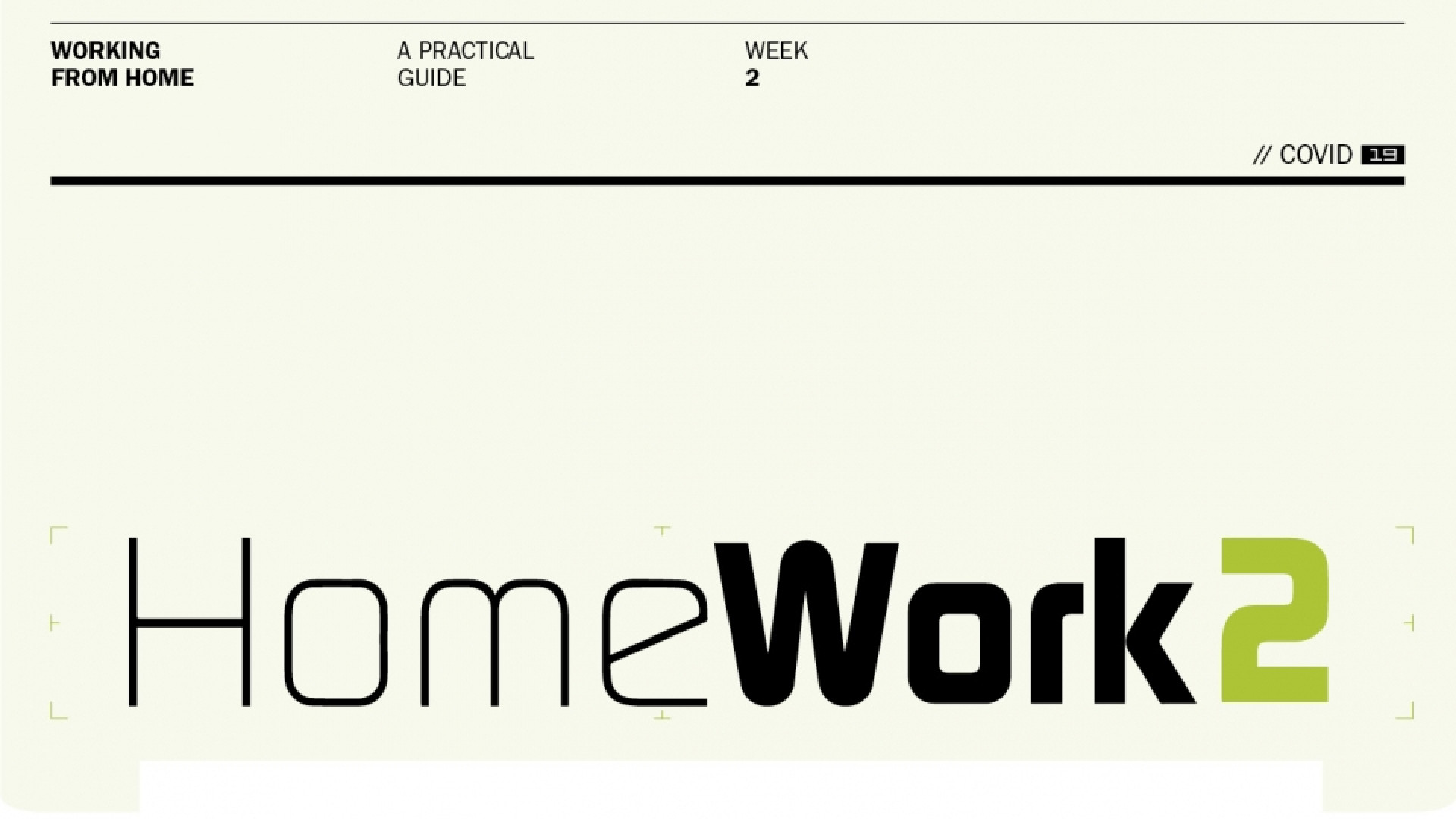As week two of working from home settles in, it’s time for a few more practical tips and tricks to help you remain effective while still balancing the many demands on your time and wellbeing. While last week was focused on getting everything sorted – your workspace, technology, access to files, etc – this week is more about establishing your routine.
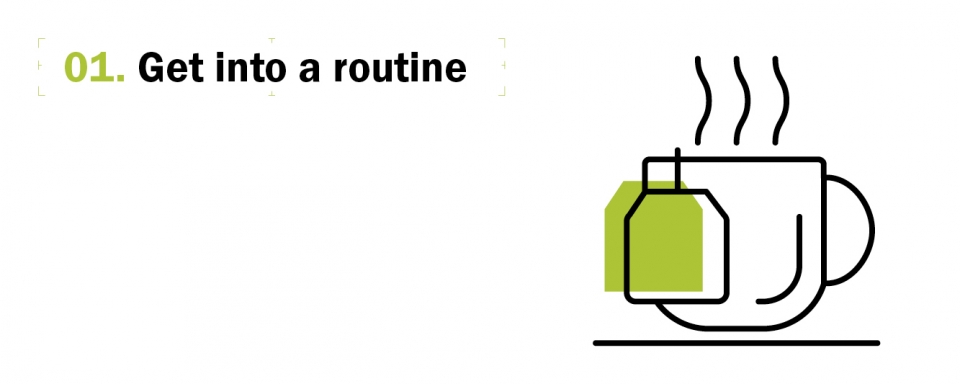 Decide what time you’ll start and stop work each day and when you’ll take breaks. Chances are the family are home as well and the kids are possibly on their school holidays. They all need, and deserve, time with you too. Schedule this in. A good schedule will help with your mental wellbeing, frees up guilt-free time with the family, and ensures everyone understands when you’re ‘at work’ and when you’re ‘at home.’
Decide what time you’ll start and stop work each day and when you’ll take breaks. Chances are the family are home as well and the kids are possibly on their school holidays. They all need, and deserve, time with you too. Schedule this in. A good schedule will help with your mental wellbeing, frees up guilt-free time with the family, and ensures everyone understands when you’re ‘at work’ and when you’re ‘at home.’
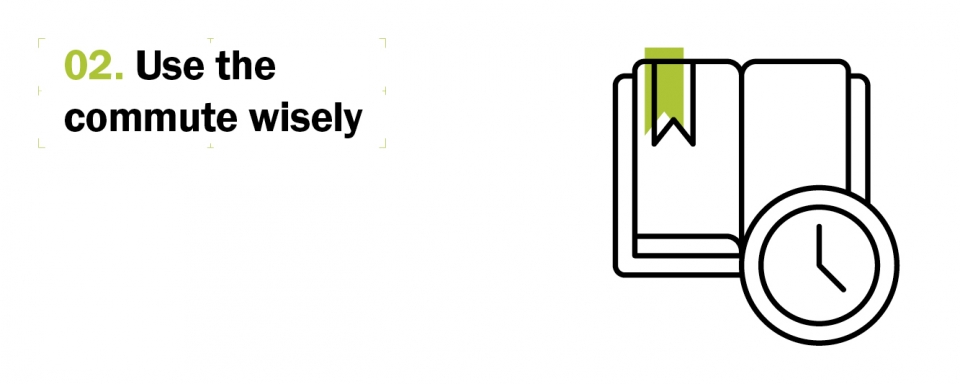 Think about how much time you spent getting to and from work every day. How can you use this time in more rewarding ways over the next few weeks? Exercise? Write? Paint? Make music? Learn a new language? Bake? Master a new hobby? Watch all eight seasons of Game of Thrones?
Think about how much time you spent getting to and from work every day. How can you use this time in more rewarding ways over the next few weeks? Exercise? Write? Paint? Make music? Learn a new language? Bake? Master a new hobby? Watch all eight seasons of Game of Thrones?
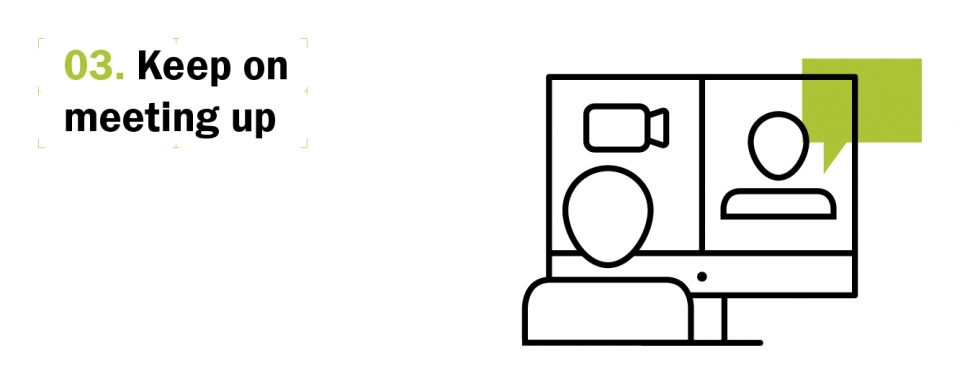 Start with all the meetings you would normally have with your clients and your team. Set them up as Zoom, Microsoft Teams or Skype meetings and invite everyone so it’s in their diary as well. Then think about adding in some extra meetings to make up for the usual face-to-face interactions that happen in a typical week. Keeping your meetings going helps to maintain a sense of normality, ensures you stay connected with your key people and breaks up the monotony of your day.
Start with all the meetings you would normally have with your clients and your team. Set them up as Zoom, Microsoft Teams or Skype meetings and invite everyone so it’s in their diary as well. Then think about adding in some extra meetings to make up for the usual face-to-face interactions that happen in a typical week. Keeping your meetings going helps to maintain a sense of normality, ensures you stay connected with your key people and breaks up the monotony of your day.
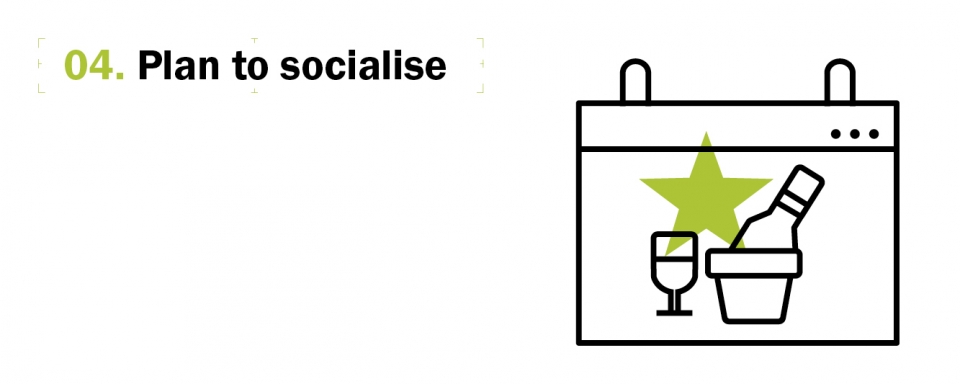 One of the things you’ll miss most about the office is that regular social interaction with your colleagues. Discussions at the photocopier, in the kitchen and just around the office every day. To ensure this still happens, schedule coffee breaks to catch up over Zoom and chat and keep Friday drinks going – get everyone to grab their own drink before ‘hanging-out’ virtually to end the week’s work.
One of the things you’ll miss most about the office is that regular social interaction with your colleagues. Discussions at the photocopier, in the kitchen and just around the office every day. To ensure this still happens, schedule coffee breaks to catch up over Zoom and chat and keep Friday drinks going – get everyone to grab their own drink before ‘hanging-out’ virtually to end the week’s work.
 For many, last week was the first time they did Zoom or Microsoft Teams meetings. For others, it was the first time on a Facebook Hangout. Now you know how it works and how easy it is, find out what more you can do with it. Have a play. Change your settings and backgrounds, set up alerts and set up groups. All these platforms have help functions and there are many YouTube tutorials.
For many, last week was the first time they did Zoom or Microsoft Teams meetings. For others, it was the first time on a Facebook Hangout. Now you know how it works and how easy it is, find out what more you can do with it. Have a play. Change your settings and backgrounds, set up alerts and set up groups. All these platforms have help functions and there are many YouTube tutorials.
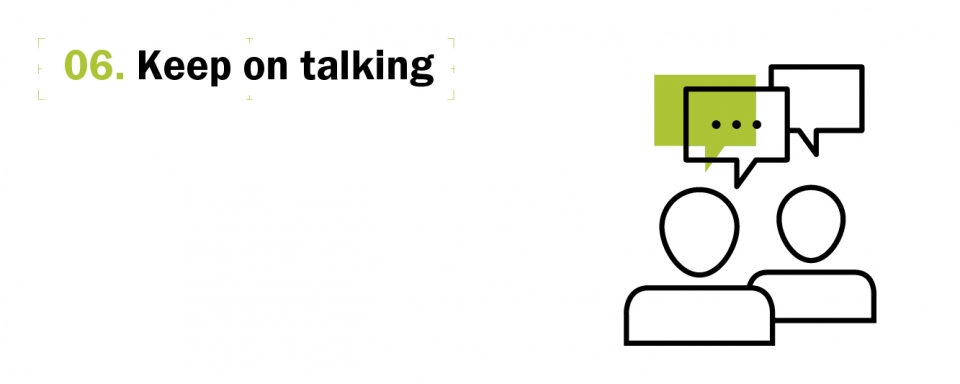 Make a list of all the people you interact with on a normal week. This includes your team, your clients, your partners, your suppliers and your stakeholders. Make a point of checking in with each of them at least once over the week. In times of isolation we all need to talk and connect more, definitely not less.
Make a list of all the people you interact with on a normal week. This includes your team, your clients, your partners, your suppliers and your stakeholders. Make a point of checking in with each of them at least once over the week. In times of isolation we all need to talk and connect more, definitely not less.
We all have stuff at work (and at home) that we’ve been meaning to get around to but just never found the time. Clean out your desktop and directories of old files. Write up those procedures you’ve been meaning to for a while. Set up mailing lists. Sit down and make a list and over the next few weeks, as you’re wondering what to do next, go back to the list and pick one. Better still, try and tick one off a day.
This time will pass and it will be over before you know it. The key thing is to look after yourself and your family and to stay connected with your friends and colleagues.

